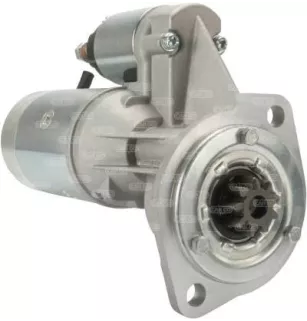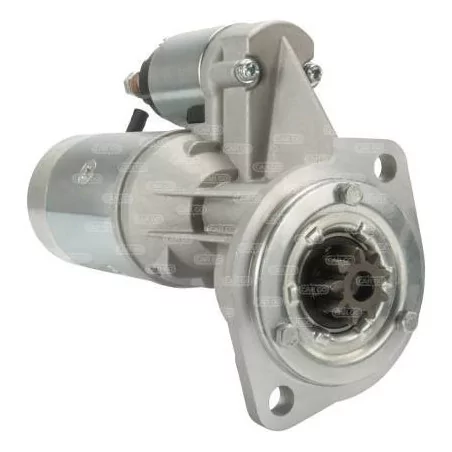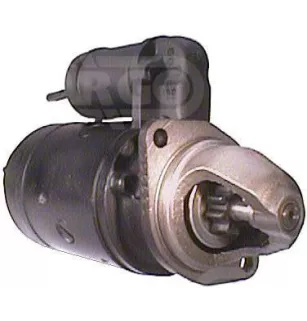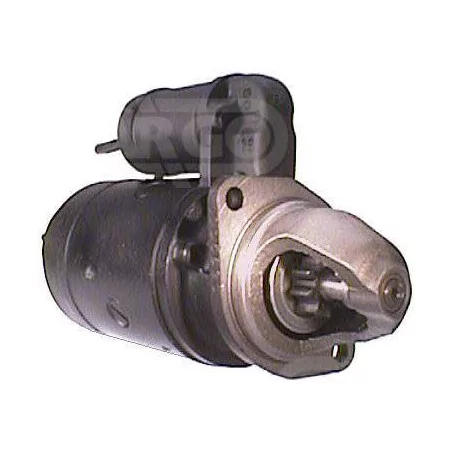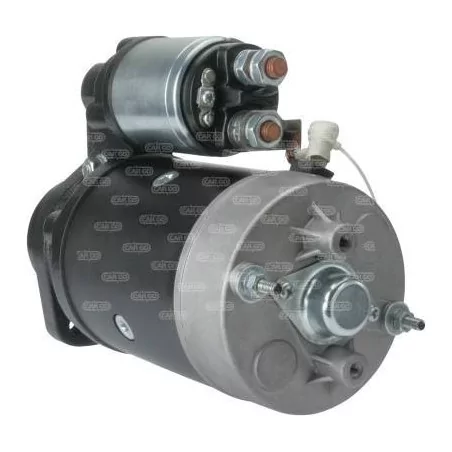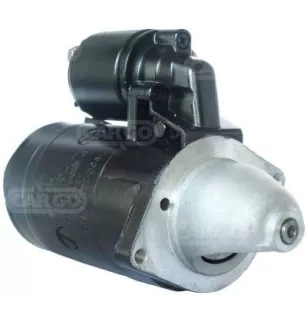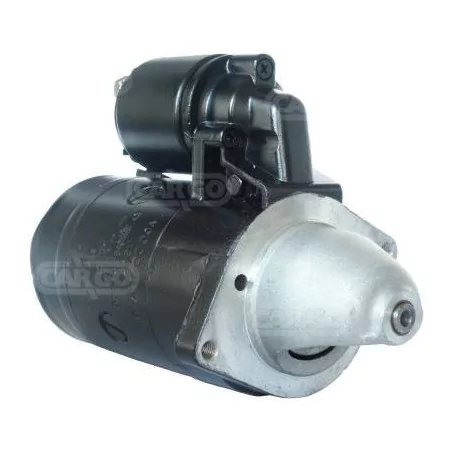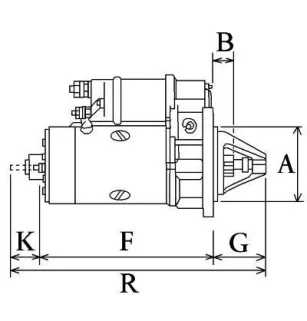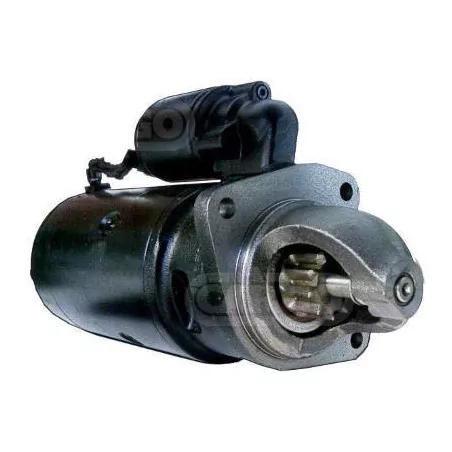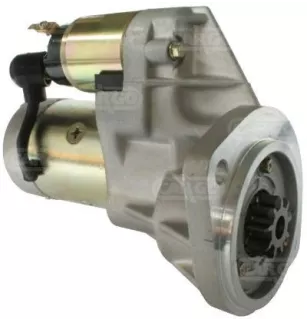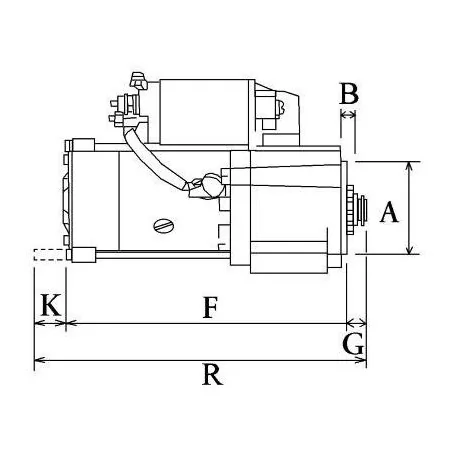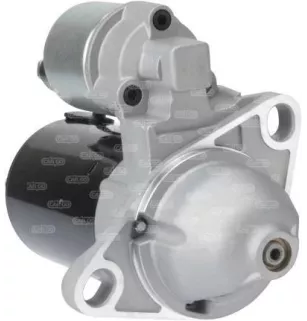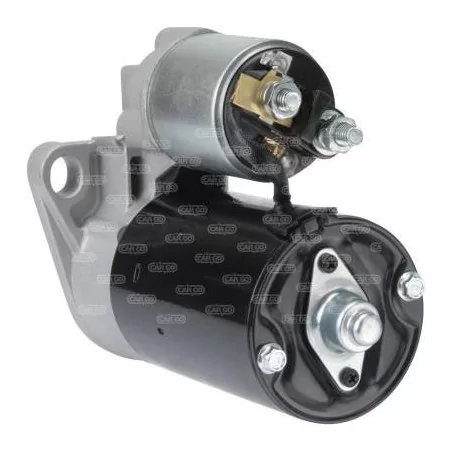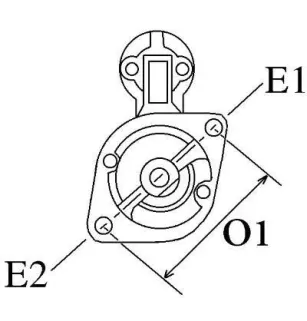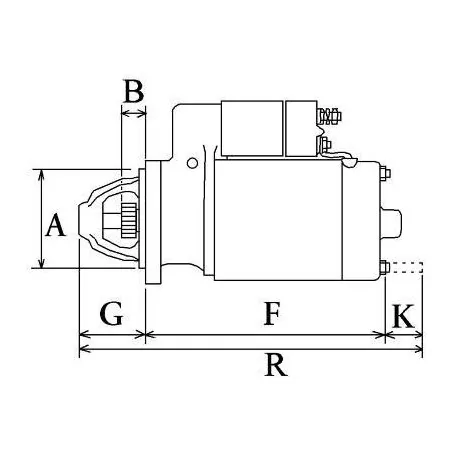Livraison 24/48H - Départ Le Jour Même Avant 16H00 - France, Europe, Monde
7612 products
Starter 24V 3.5Kw 9Teeth Yanmar 119131-77010, Isuzu 5811001282, 5811001292, 8942549221
Starter 12V 1.0Kw 9Dents Bosch 0001311016, 0001311025, BMW 12411350236, 12411351042, 12411355693
Starter 12V 1.8Kw 9Teeth Bosch 0001362003, 0001362004, 0001362027, 0001362028, 0001362038
Starter 12V 3.0Kw 10 teeth Bosch 0001359020, 0001359088, 0001359117, 0001367017

New Starter
In the early history of the automobile, it was necessary to manually turn a crank to crank the engine and start the vehicle. This method was, however, dangerous for the driver, because there has been more than one case where the return of the crank caused serious accidents leading to the death of the driver who wanted to start his car.
It was precisely upon learning of the death of his friend Byron Carter that the founder of the American firm Cadillac "Henry Leland" requested the skills of these engineers for the manufacture of a new device to start an automobile in complete safety . It was Charles Kettering, one of the founders of the DELCO company (supplier of electric ignition systems for Cadillac), who won the project at the age of 35. He then invented the electric starter that Cadillac fitted to all these models from 1912, followed by other American companies in 1946, finally arriving in Europe around the 1920s. It is good to know that Charles Kettering contributed to many technological advances as as an electrical engineer. The starter thus became a little gem that revolutionized the automobile industry.
How does the starter work?
The operating system of the starter consists of transforming electrical energy into mechanical energy which can be interpreted as being the opposite of the operating system of an alternator which transforms mechanical energy into electrical energy. To do this, the starter will draw electrical energy from the vehicle's battery to obtain the power necessary to operate the mechanical parts of the system. The starter is divided into several parts: the commutator armature, the inductors, the casing, the brush holder, the brushes or carbons, the starter nose and the rear flange.
When the driver turns the key to start the car, it activates the starter solenoid, which, through an electromagnetic force, moves the plunger core. This movement will cause a part “the fork” to move, which will move the pinion forward and bring it into contact with the crown of the heat engine:
- The starter solenoid: fixed on the starter, this device is an electromagnetic assembly composed of a core and a body.“The body is made up of two windings, the inrush winding and the holding winding, connected respectively to the positive terminal of the battery and to the starter inductors. The core for its part is a cylindrical device sliding in movement in the body of the solenoid, and which, thanks to a return spring, allows the starter pinion to rotate thanks to the electromagnetic force created by the system when the driver starts. /p>
- The starter: The starter launcher generally consists of a pinion made up of teeth whose number is approximately equal to one tenth of the number of teeth of the crown of the heat engine, a free wheel, the fork and a spring called “teeth against teeth”.
What are common failures and what do we offer:
The most common failure linked to a defective starter would be brush wear. When the carbons are worn, current transmission is poor or not at all. Most small starter parts can deteriorate over time or over a long period of use. Some problems can be solved by purchasing parts like those we present to you in our starter spare parts category. Other failures may be irreparable or too expensive to repair. This is why we have chosen to offer you a separate category dedicated to our range of new starters from different brands at affordable prices while ensuring almost professional quality.
















